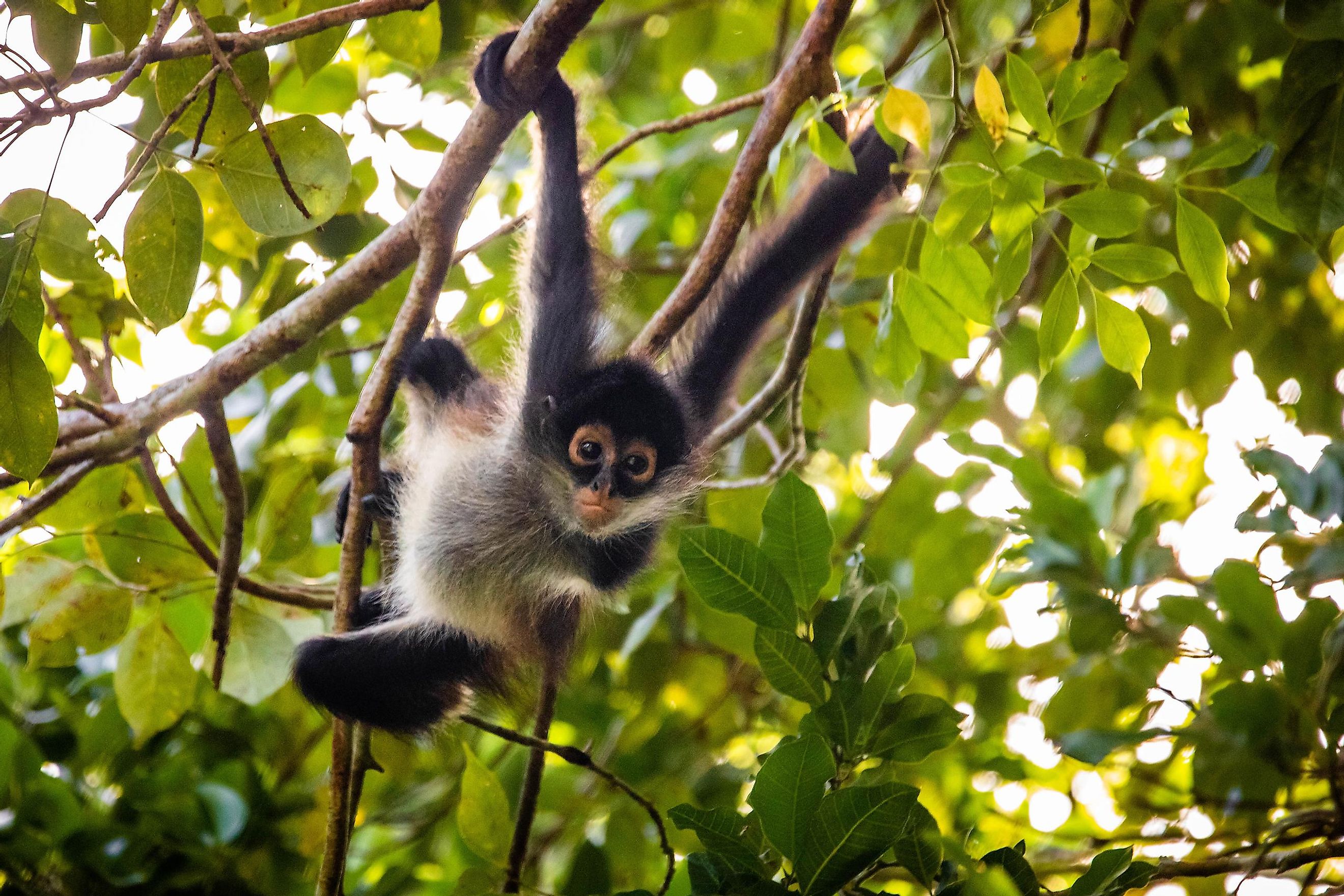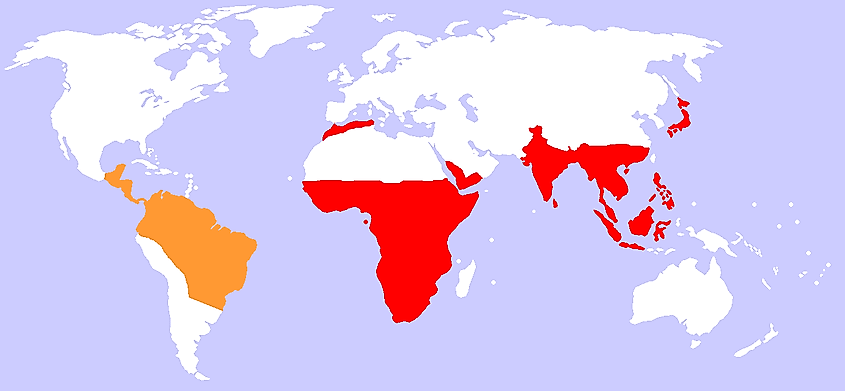
Monkey
Monkeys are one of the most fascinating and diverse groups of mammals on our planet. With around 200 species spread across the globe, monkeys captivate us with their intelligence, agility, and social behaviors. From the lush rainforests of South America to the dense jungles of Asia and Africa, monkeys have adapted to thrive in various environments. They play a crucial role in maintaining the health of their ecosystems and are a source of intrigue for scientists and animal lovers alike. However, these remarkable creatures face numerous threats, from habitat loss to hunting, making their conservation a pressing concern. Join us as we delve into the world of monkeys, exploring their unique characteristics, behaviors, and the vital role they play in our planet's biodiversity.
Habitat and Range

There are many different monkey species, each with their own habitat, but generally, monkeys can be classified into one of two main categories based on their regions. Old World monkeys can be found throughout Africa, in Asia from Afghanistan to Japan, the coast of Arabia along the Red Sea, and the oceanic islands of the Philippines, Bacan, Celebes, and Timor. Old World monkeys can also now be found in places like France, Mauritius and Gibraltar. Some examples of Old World monkeys include mona, green monkeys, colobus, macaques, langurs, mandrills and drills, and snub-nosed monkeys. On the other hand, New World monkeys can be found in tropical South America, specifically in tropical forests. This range can extend as far as southern Mexico for some species, through the Amazon - particularly ripe with monkey species - and into Argentina. New World species include several popular monkey types, from the small squirrel monkeys and marmosets to large howler monkeys and spider monkeys, to name a few.
Diet

They can have a varied diet because there are so many different monkey species. Old World monkeys have cheek pouches, which they can fill with food to carry with them on the go. These foods include anything from leaves to fruits, nuts, seeds, insects, bird eggs, spiders or even small mammals. They often use their tails to help them hold to tree branches as they forage, collecting food.
Social Behavior and Reproduction

Monkeys are highly intelligent animals with large brains and curious personalities. Although monkeys (unlike apes) never walk on two feet, they can sit upright, which lets them use their hands to complete tasks such as eating or grooming. Most monkey specifics - except some Old World types - are mainly tree-dwelling and jump or swing from tree to tree using limbs and tails. Monkeys are generally very social animals and live in groups or troops. The group dynamic can be made up of several females with a dominant male or a mixture of males and females, depending on the species. More often than not, females stay within the group they are born in, while male monkeys may leave and join other groups. Breeding periods differ significantly from species to species. Some species will have set breeding seasons, while others will breed year-round. When it comes to baby monkeys, there are differences again. Some species give birth to babies that are distinct in color, compared to their grown family members, who do not resemble the others in the troop until they are six months old. The small babies are almost always carried around on the backs or torsos of adult monkeys, but this can vary between being the mothers’ or fathers’ responsibility, but of course, it is the mother who nurses the young. Young monkeys are very playful and active, socializing with other young to learn life skills. They use facial expressions, vocal sounds, and body language to communicate. young will reach maturity at different times depending on the species, but this period usually ranges from one year to 18 months. Male monkeys that leave their original troops tend to venture out after a few years old.
Importance
Monkeys form a key role within their habitats. Because so many of them eat nuts, seeds, and fruits, they help to both pollinate flowers and spread seeds as they move about their regions. Seed dispersal - when one plant is spread to another location and begins to grow there - helps increase biodiversity and plant ranges within an ecosystem, ensuring a diverse range of plants, fruits etc., within a wider region. Biodiversity is important to prevent overpopulation by any one given plant species and also helps prevent potential plant diseases. Diverse ranges of plants also create habitats and food sources for various other animal species within any given area.
Threat
Unfortunately, most monkey species do experience threats to their wellbeing or population. Many types of monkeys live in areas that are highly populated by humans. They can be threatened or killed by these humans as they are sometimes seen as pests in farms, or are hunted for fur or meat.Another concern is domestication, as some types of monkeys are caught and sold as pets. Unfortunately, they are not well suited to being pets and are often abandoned or fall sick.Similarly, monkey habitats are threatened in many places, due to deforestation, development, or similar activities. Avoiding products that are made from rainforest materials can help to prevent further destruction of some of these species’ habitats. Some species continue to be under threat, while others are listed as vulnerable or even endangered.Helping to protect these curious, intelligent creatures will have to ensure each of the monkey species is able to grow and thrive, stimulating biodiversity and helping to keep the natural world in balance. By learning more about monkeys in general, we are able to better understand these creatures and lend support and understanding to causes working to protect them from further harm or threat.











